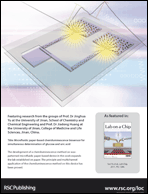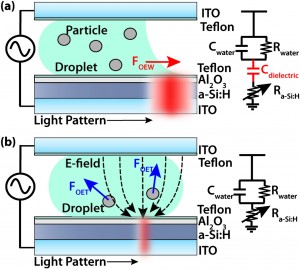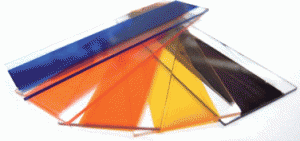This month’s issue features another great selection of articles, including a Focus article from Mathias Uhlen and Helene Andersson Svahn on affinity reagents for lab on a chip applications.

A microfabricated electrical differential counter for the selective enumeration of CD4+ T lymphocytes
Nicholas N. Watkins, Supriya Sridhar, Xuanhong Cheng, Grace D. Chen, Mehmet Toner, William Rodriguez and Rashid Bashir
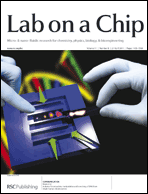
A device for extraction, manipulation and stretching of DNA from single human chromosomes
Kristian H. Rasmussen, Rodolphe Marie, Jacob M. Lange, Winnie E. Svendsen, Anders Kristensen and Kalim U. Mir
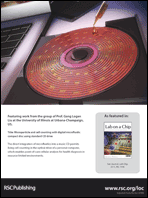
Microparticle and cell counting with digital microfluidic compact disc using standard CD drive
Syed M. Imaad, Nathan Lord, Gulsim Kulsharova and Gang Logan Liu
Other HOT articles in this issue include:
Integrated photocatalytic micropillar nanoreactor electrospray ionization chip for mimicking phase I metabolic reactions
Teemu Nissilä, Lauri Sainiemi, Mika-Matti Karikko, Marianna Kemell, Mikko Ritala, Sami Franssila, Risto Kostiainen and Raimo A. Ketola
Capillary-driven automatic packaging
Yuzhe Ding, Lingfei Hong, Baoqing Nie, Kit S. Lam and Tingrui Pan
A magnetic bead-based assay for the rapid detection of methicillin-resistant Staphylococcus aureus by using a microfluidic system with integrated loop-mediated isothermal amplification
Chih-Hung Wang, Kang-Yi Lien, Jiunn-Jong Wu and Gwo-Bin Lee












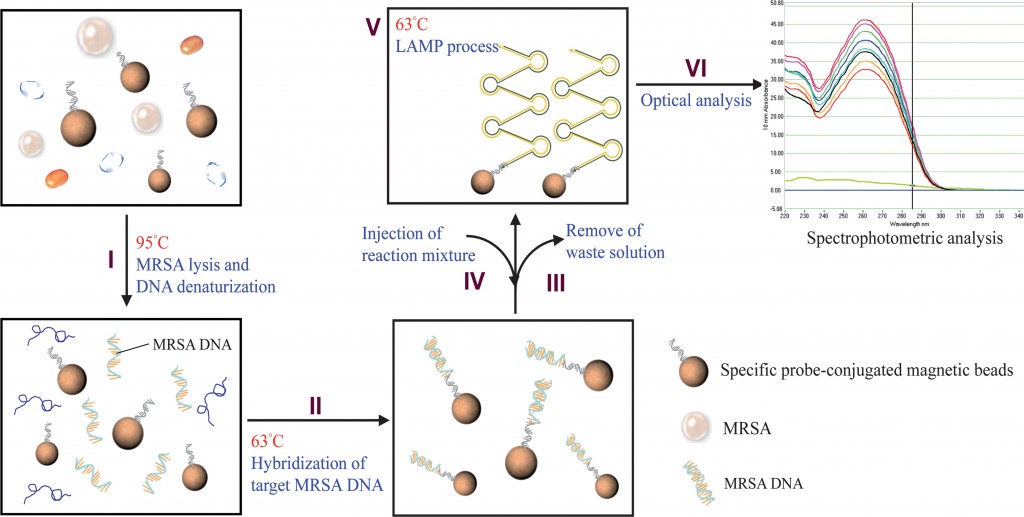
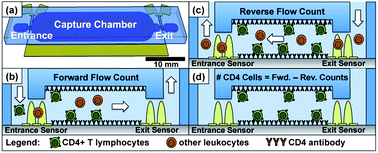
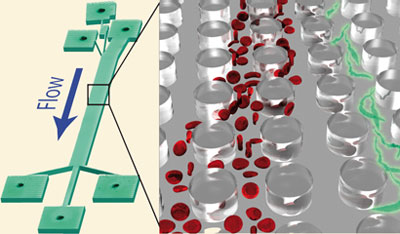
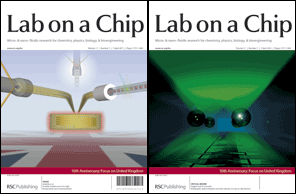 As part of our
As part of our 